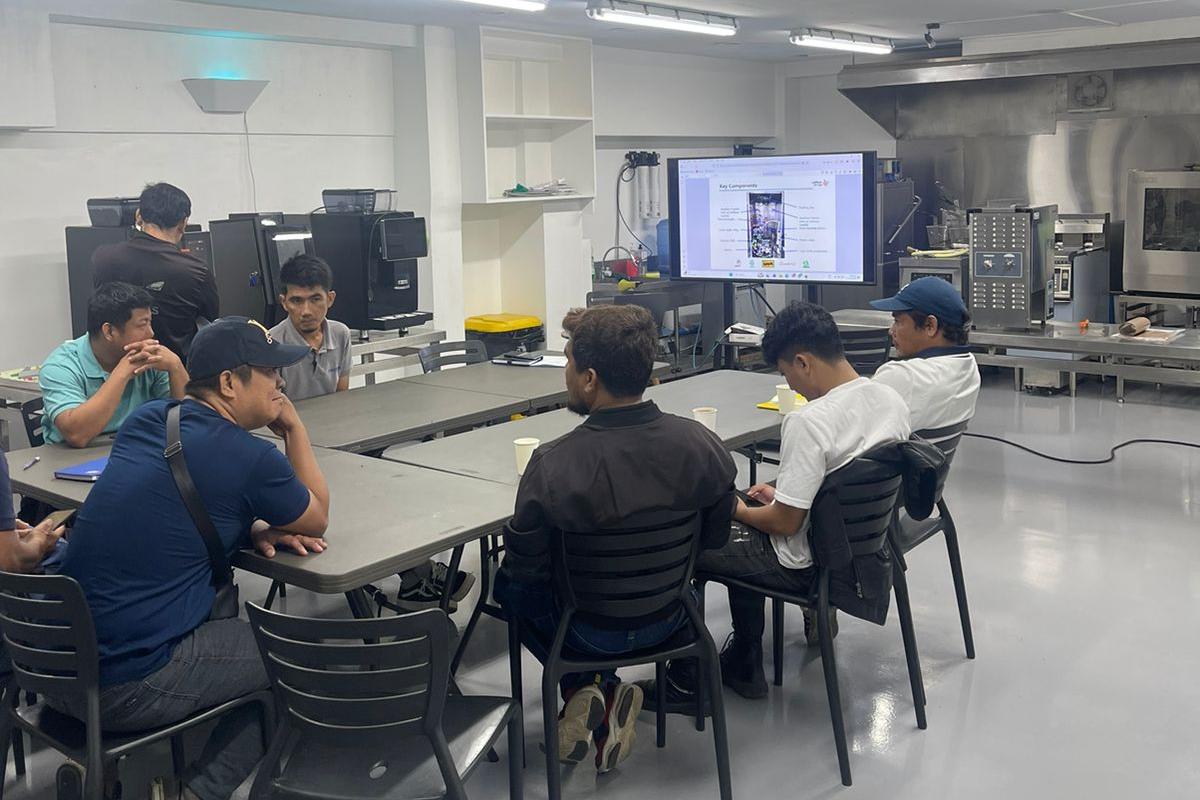Exhaust hood
petticoat pipe
Description
Soak in oil fumes and effectively purify.
304 non-magnetic stainless steel, durable and easy to clean.
Anti slip and easy to install.
Powerful motor.
12 hours low to one kilowatt hour.
petticoat pipe
Soak in oil fumes and effectively purify.
304 non-magnetic stainless steel, durable and easy to clean.
Anti slip and easy to install.
Powerful motor.
12 hours low to one kilowatt hour.

For many distributors in the Western fast-food equipment business, fryers, griddles and holding cabinets are already “old friends”. But the Vertical Bun Toaster is still a relatively new category: At Brandon, we want our distributors, when talking to end customers, to do more than “have a product to sell.”We want you to be able to

When people talk about burgers, they usually talk about patties, sauces and toppings.But anyone who runs a kitchen knows a simple truth: If the bun isn’t right, the burger will never feel truly “professional”. These details are very hard to hit consistently with a pan or a random hot plate.That’s why serious burger operations rely

At Brandon, we design and manufacture Boba Tea Dispensers for bubble tea shops, hotpot restaurants and QSR chains. In this article, we’ll walk through how Boba Tea Dispensers can help standardize drinks and simplify front-of-house operations. The Hidden Costs Behind a Cup of Bubble Tea During peak hours, do you often see these scenes in